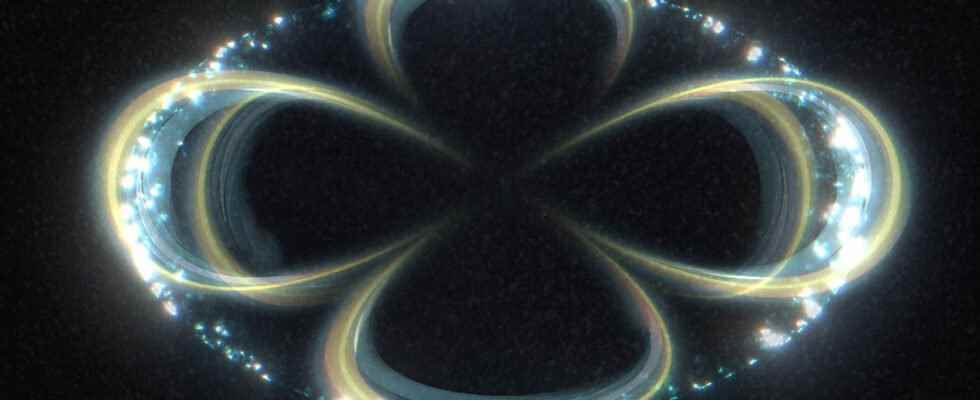A team of researchers may have just marked the history of the development of quantum computers. In an article published in the American scientific journal Nature, three researchers from the University of New South Wales (Australia) have announced that they have developed a quantum system with an unprecedented level of precision.
Better still, the manufacturing methods of this system are borrowed from those of “normal” chips, which opens the way to industrialization, and therefore a rapid rise in power.
The threshold of 99% accuracy has been crossed
The first success is the level of precision achieved by their small 3-qubit system. While error correction is a major hindrance of quantum computing – you have to constantly monitor and correct errors in current systems – researchers are achieving 99.37% accuracy in 2-qubit operation with this system. .
A level of precision validated by control experiments carried out by partner researchers in the Netherlands and Japan. The Australian team achieved 99.37%, while their Dutch counterparts achieved 99.65% accuracy with two qubits as well, and finally the Japanese team recorded 99.84% accuracy with 1 qubit , and 99.51% with two qubits.
Why is this reduced percentage of error essential and a real milestone? Simply because it allows scientists, who use these quantum computers, to detect and correct errors when they occur, and therefore to be able to trust the calculations made.
“You typically need an error rate of less than one percent, to apply quantum error correction protocols”, explained Professor Andrea Morello, one of the scientists in charge of the team that achieved this outcome, to our colleagues from SciTechDaily.
“Now that we have achieved this goal, we can start designing quantum processors on silicon, which can grow and operate reliably for useful calculations”, he continued.
The silicon is still there…
Moreover, such precision would not be of much use if the components were difficult to manufacture. However, it is here that the work of Serwan Asaad, Andrea Morello, and Mateusz Mądzik marks another break.
The processor used is a silicon-based chip. That is to say that most of the chemical compounds, as well as the manufacturing methods, are those used by all the “classic” electronic chips around us. Proven and mastered methods and processes. This makes it possible to foresee a rise in power – adding more computing units – at accessible production costs.
If the substrate is indeed silicon, we still have to deal with chips where phosphorus 31 nuclei are “surgically” implanted (the stable isotope, denoted 31P). These are the nuclei of 31P, organized in pairs with a shared electron, which create a quantum logic gate of 3-qubits (the spin of each of the nuclei, plus the spin of the shared electron). It is moreover this organization into three qubits which made it possible to overcome one of the limits of this “Kane computer”, named after the scientist who theorized this operation in 1998.
The strength of this structure is that the nuclei are isolated and therefore retain information for a long time – up to 35 seconds, whereas classical computers evacuate it after a few milliseconds, and other quantum computers from IBM or Google in about one hundredth of a microsecond.
The other side of the coin so far was that this isolation did not facilitate the linking of these elements, the interaction between the qubits. However, the researchers have found a way to preserve the isolation of the qubits, while facilitating communication between them.
How? ‘Or’ What ? By making the electron bound to the nucleus easily entangled with other electrons or moved around the chip. In other words, the sharing of an electron by two phosphorus nuclei allows the whole to carry out operations, and therefore to carry out precise quantum calculations.
Also see video:
Also see video:
The technology of quantum processors based on electron spin qubits could, in the long term, have the advantage over those using superconductors (such as those of IBM and Google), thanks in particular to the entire semiconductor industry. -conventional conductors, as well as higher operating temperatures (1 kelvin instead of 5-15 mK for superconducting qubits).
Source: SciTechDaily
